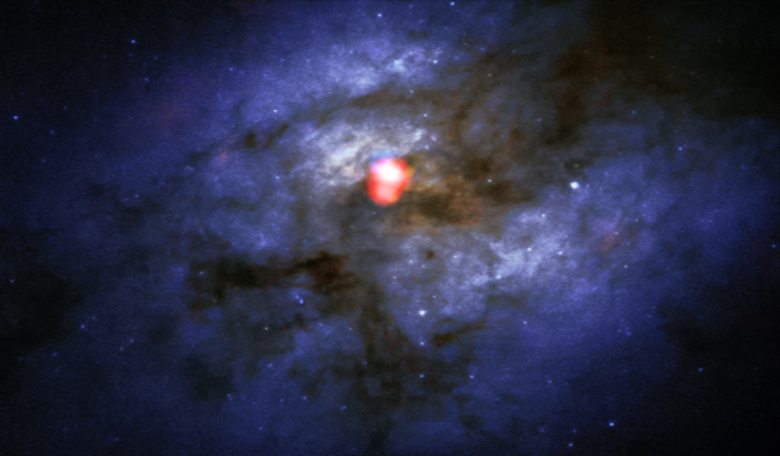Astronomers searching for water in the Universe have been given a boost, as the Atacama Large Millimetre/Submillimetre Array (ALMA) has begun observing in a new range of the electromagnetic spectrum which enables the detection of H2O molecules.
The telescopes that form the array are sensitive to radiation that spans a wide range of wavelengths thus allowing astronomers to study a diverse area of astronomical phenomena from the first stars and galaxies that emerged from the cosmic "dark ages" billions of years ago to mapping the gas and dust in the Milky Way and other galaxies and even to analysing gas from an erupting volcano on Jupiter's moon, Io.
The ‘band’ of radiation that the newly installed receivers can detect falls between 1.4 and 1.8 millimetres (211 and 163 gigahertz). This is known as band 5 and it covers a key spectral signature of water that lies at a wavelength of 1.64 millimetres.
Water is essential to life as we know it and it should be abundant in the dusty disks where planets are believed to form, however, measuring water in space accurately can be tricky due to the water vapour in Earth’s atmosphere which can interfere with observations. The way in which ALMA's Band 5 receivers will measure water reduces some of these difficulties thus enabling ALMA to look beyond the dust in these fledgling planetary systems to see what role water plays in their evolution.
“The new receivers will make it much easier to detect water, a prerequisite for life as we know it, in our Solar System and in more distant regions of our galaxy and beyond. They will also allow ALMA to search for ionized carbon in the primordial Universe,” explains Leonardo Testi, an ALMA Program Scientist.
To test the newly installed receivers observations were made of several objects, this is called ‘First Light’ and basically means the first light of an object captured with the receivers. The objects first studied included a dusty red supergiant star nearing the end of its life and the colliding galaxies Arp 220, a massive region of star formation close to the centre of the Milky Way in the constellation Serpens.
"The major challenge has been to prepare the new receivers for the scientific tests on sky, without affecting the observations that are in progress," says team member Gianni Marconi. "This was successful thanks to the great efforts of all the people involved at JAO, both engineers and astronomers."
The process of equipping each antenna with a band 5 receiver is still ongoing and will be completed next year in time for the next observing period.
Team member Robert Laing at ESO has high hopes for future ALMA Band 5 observations: “It's very exciting to see these first results from ALMA Band 5 using a limited set of antennas. In the future, the high sensitivity and angular resolution of the full ALMA array will allow us to make detailed studies of water in a wide range of objects including forming and evolved stars, the interstellar medium and regions close to supermassive black holes.”











